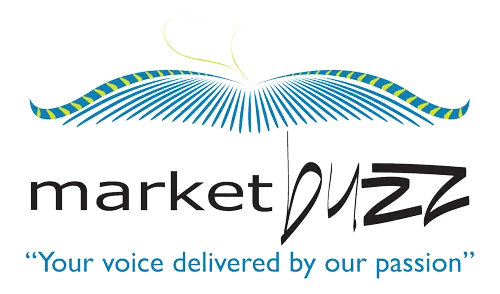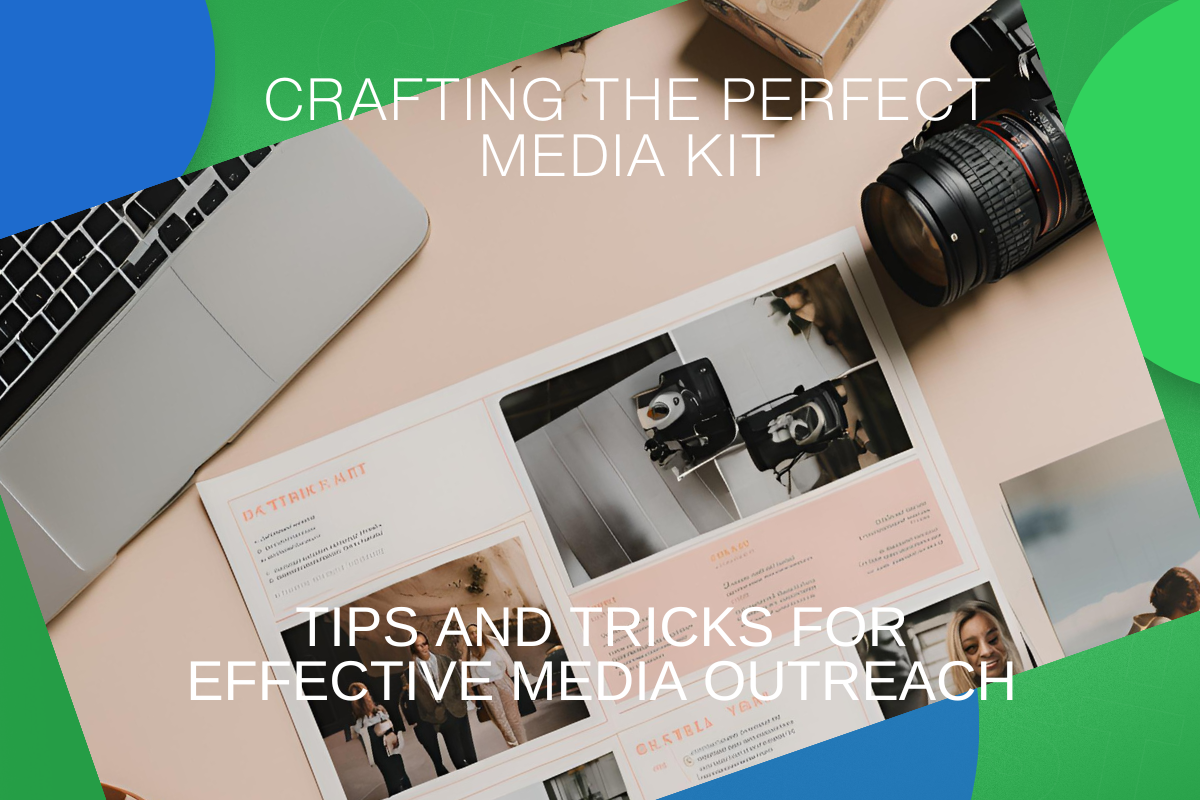Creating a compelling media kit is crucial for any business aiming to boost its brand visibility and engage effectively with the press. Journalists often reach out for background information or specific details about your company. Having a media kit readily available ensures you can respond quickly and provide thorough information, making it easier for them to feature your company. A well-structured media kit not only presents your company in the best light but also simplifies the process for journalists to cover your story.
Unfortunately, most businesses do not have a media kit. For media professionals, finding information on the background of a company is crucial (an “About Us” page on your website does not suffice). Host your media kit on your website so that journalists, bloggers, and influencers can access it at any time. This is particularly useful for inbound media requests and increasing your online discoverability. For startups, this is essential so investors can also learn about what you do and who is behind the business.
Here’s a guide on what to include in a media kit and how to tailor it for different media outlets.
Essential Elements of a Media Kit
- Company Overview: This must have as much information about the company including a clear statement of your company’s mission and vision. This sets the stage and provides context about what drives your business. It should also include a brief history of your company, highlighting key milestones and achievements that define your journey.
- Leadership Team: Provide bios of key executives, complete with photos and contact information. This personal touch can help media representatives connect more deeply with your story.
- Press Releases: Incorporate recent press releases that showcase significant announcements such as product launches, partnerships, and other major achievements. These serve as ready-made content for journalists.
- Media Coverage: If you are hosting it on your website, highlight and Feature links or excerpts of recent media coverage to establish credibility and demonstrate existing media interest in your company.
- Product Information: Include detailed information about your products or services, accompanied by high-resolution images, pricing, and key features. Make it easy for journalists to access all the details they need.
- High-Resolution Images and Logos: Supply high-resolution versions of your company logo, product images, and other relevant visuals. Media outlets appreciate having professional-quality images ready for use.
- Contact Information: Clearly list contact details for your PR or media relations team. Make it easy for journalists to get in touch with the right person quickly. And make sure that they respond to queries within 24 hours during working days.
- Social Media Links: Provide links to your company’s social media profiles. This not only allows media representatives to follow your updates but also helps them share your content more easily or tag you when they post a story that has your company mentioned.
Tailoring Your Media Kit
Building a strong media kit is an ongoing process that requires careful consideration of what to include and how to present it to different media outlets. By tailoring your media kit to meet the needs of various publications, you can enhance your chances of getting media coverage and effectively communicating your brand’s story. Research the media outlet you’re targeting – understand their audience, tone, and the types of stories they typically cover.
Adjust the press release and product information sections to align with the interests of the specific media outlet. For instance, a tech magazine might appreciate detailed technical specs, while a lifestyle blog might be more interested in design and user experience.
Enhancing your brand
Investing time and effort into creating a comprehensive and customised media kit will pay off in the form of increased media exposure and a stronger brand presence. A well-prepared media kit not only saves time for journalists but also positions your company as a professional and media-friendly business.
So, take the time to craft a media kit that truly reflects your brand’s identity and story.



